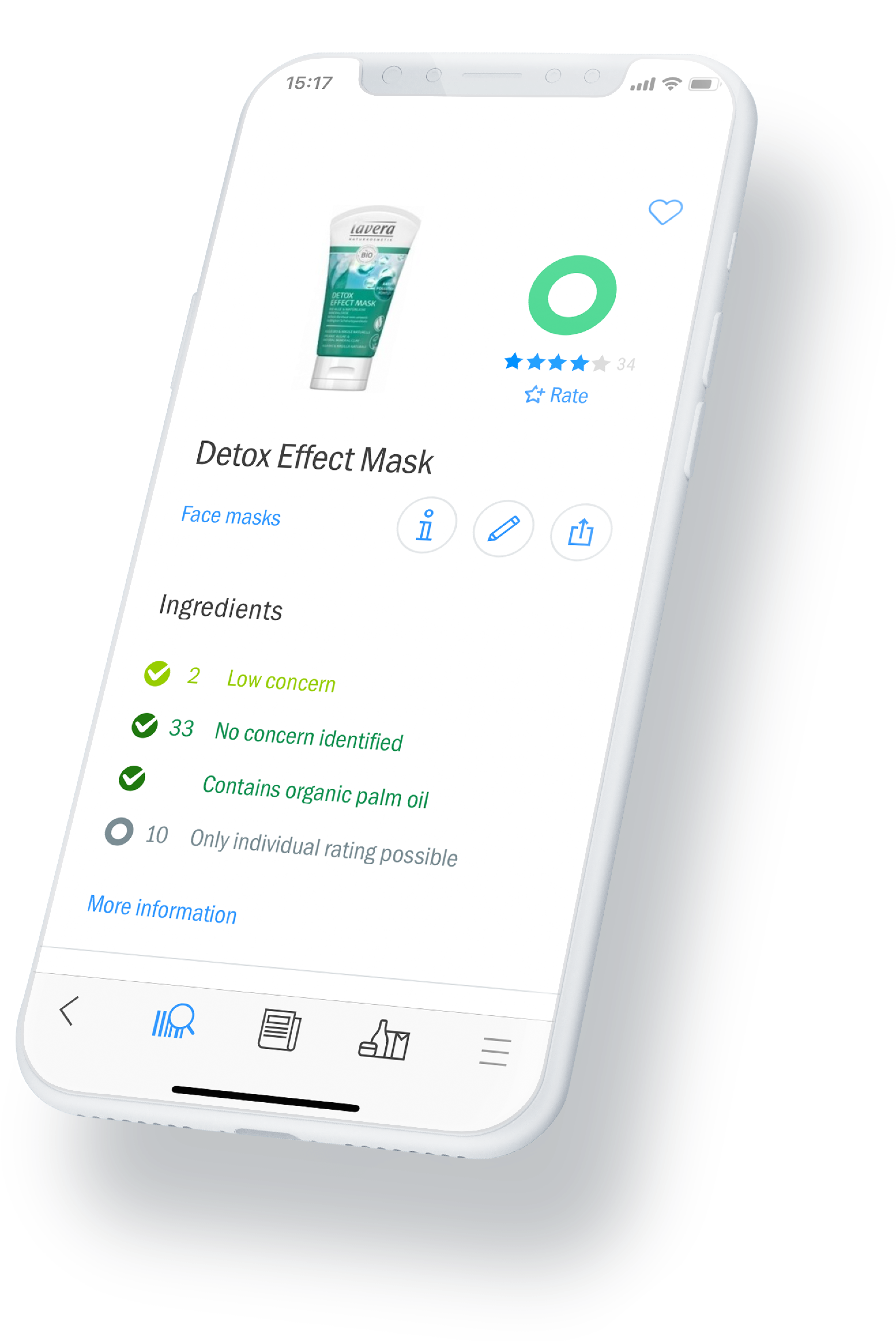How we calculate the climate score

Identification of the origin of ingredients (from the field to production).

Estimation and optimization of the recipe for the calculation, including the nutritional values.

We use standardized values for each Ingredient based on its most common origin/source.

Identification of the origin of ingredients (from the field to production).

Estimation and optimization of the recipe for the calculation, including the nutritional values.

We use standardized values for each Ingredient based on its most common origin/source.
Sum of all factors
values for individual ingredients 
Amount in Product 
Means of Transportn and Distance 
climate score
Why do we need the climate score?
It is estimated that each European emits around 8.4 tonnes of CO₂ equivalent (CO₂e) per year

One tonne of CO₂ is released during a car journey from the North Cape in Norway to Lisbon.

Up to one third is caused by the production, transport or even disposal of food.

We can reduce the emissions caused by our food by at least 50 percent through wise nutritional decisions and thus help to meet climate targets.
But how can you recognize climate-friendly foods and ingredients if it is not on the package?
To do so, we need clear information when we go shopping, which helps us to make not only healthy but also climate-friendly purchasing decisions.
Why does the Climate Score need your support?
In many countries, so-called food traffic lights are already mandatory. They provide information about the sugar, fat or nutrient content of a product.
We at CodeCheck
would like this to also apply to the amount of CO₂e emissions that a product causes during its life cycle. This would enable everyone to see the climate impact of food directly in the supermarket, to compare them and to choose climate-friendly options.

Nevertheless, differences can occur between similar products from different manufacturers or brands. However, in order to ensure an accurate manufacturer-specific assessment, it is necessary to agree on a common standard of comparison and to disclose some production practices.
But so far no agreement has been reached on this.














